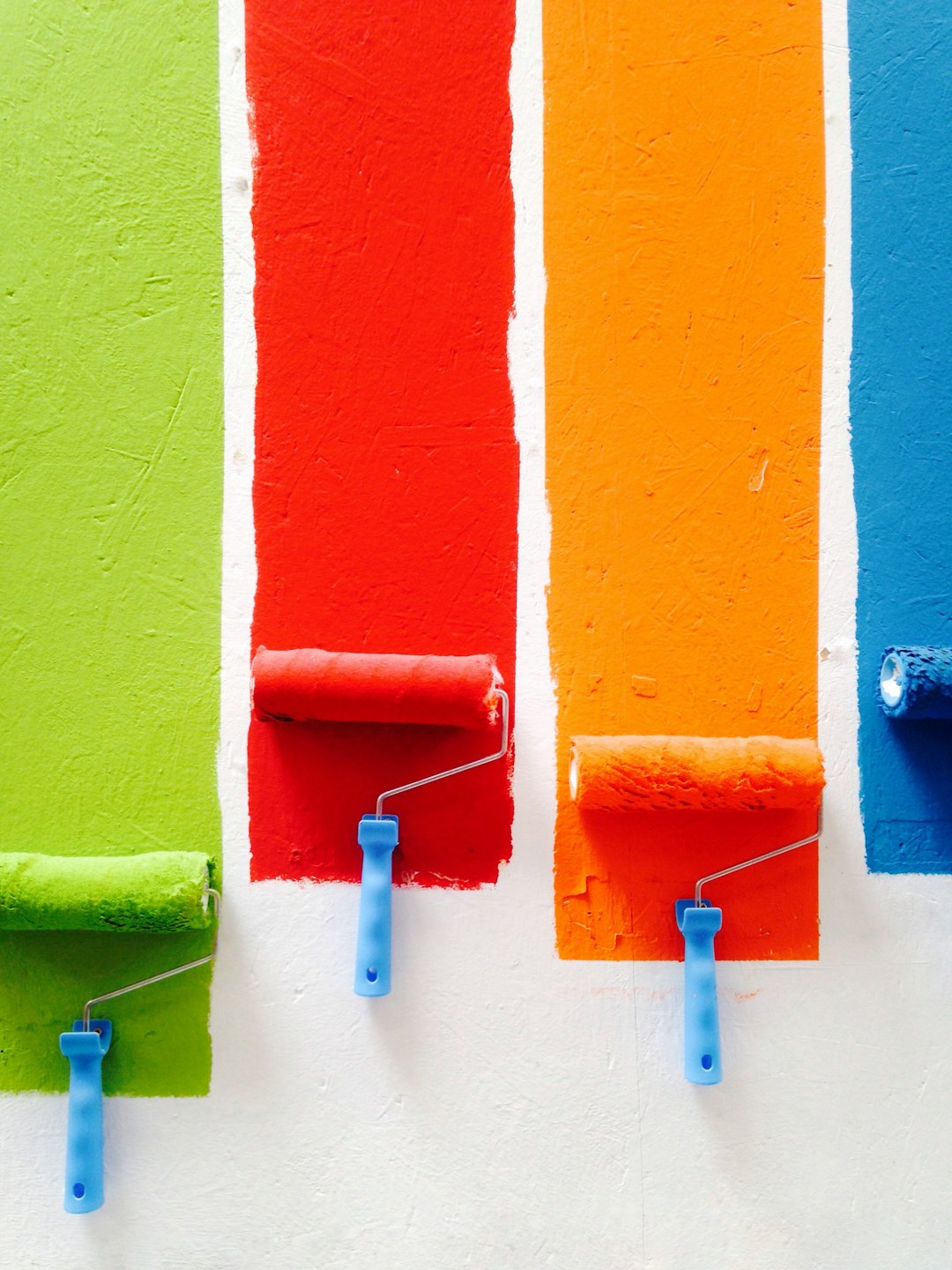Painting over gloss paint can seem like a daunting task, but with the right preparation and techniques, you can achieve a professional-looking finish. Here's a comprehensive guide to help you navigate the process effectively.

Gloss paint, known for its durability and shiny finish, poses unique challenges because new paint may not adhere well. This guide highlights why preparation is crucial and the steps you need to take for a successful repaint.

Before you begin painting, it's essential to clean the surface to remove any grease, grime, or dust. Use sugar soap because it effectively cleans without leaving any residue.
Sanding the gloss paint creates fine grooves that help the new paint adhere better. While you may not always need to sand if you're using a powerful primer, it's advisable for areas prone to wear such as doors and skirting boards. Articles like using semi-gloss cabinets explain more about sheen and surface prep.
A primer is crucial for creating a bond between the glossy surface and the new paint. Use a "Super Grip Primer" for optimal results. Additionally, you can refer to foundation paint guidelines for more comprehensive insights.
| Purpose | Product Type | Application Tips |
|---|---|---|
| Adhesion & Durability | Super Grip Primer | Apply one coat evenly using a brush or roller. |
| Wood Surfaces | Wood Primer | Best for glossed wooden furniture and doors. |
Once the primer is dry, you can proceed with painting. Here are some essential rules and tips:

Using a primer not only helps with adhesion but also hides imperfections, resulting in a cleaner and brighter finish. This is especially noticeable in rooms where light plays a crucial role. Additionally, acetone vs mineral spirits for cleaning tools is a handy resource for your painting toolkit.
By following these steps and ensuring that you use the right materials, painting over gloss paint can be a straightforward and rewarding project. Enjoy your refreshed and vibrant space!

Immerse yourself in architecture’s most boundary-pushing ideas—where innovative home improvements meet visionary urban developments. Discover new building techniques, materials, and creative concepts that are redefining how we shape our spaces on a global scale.